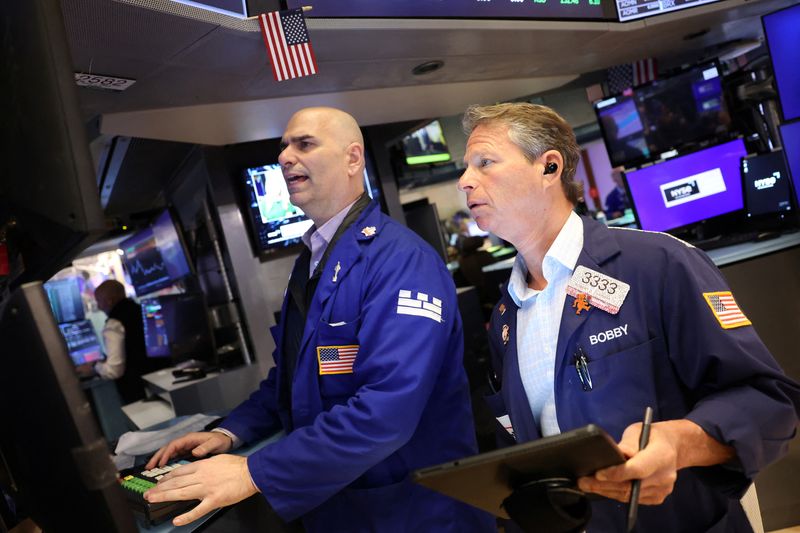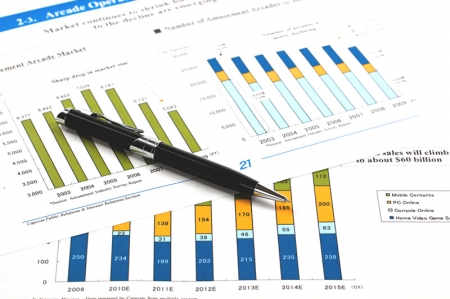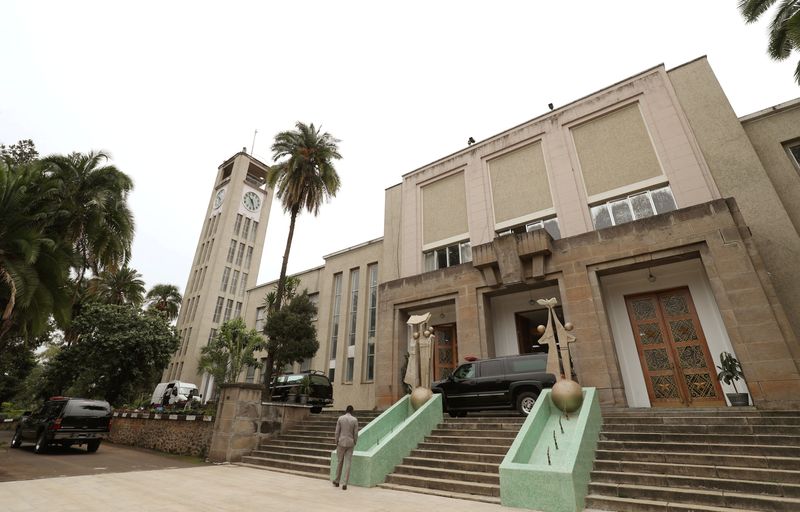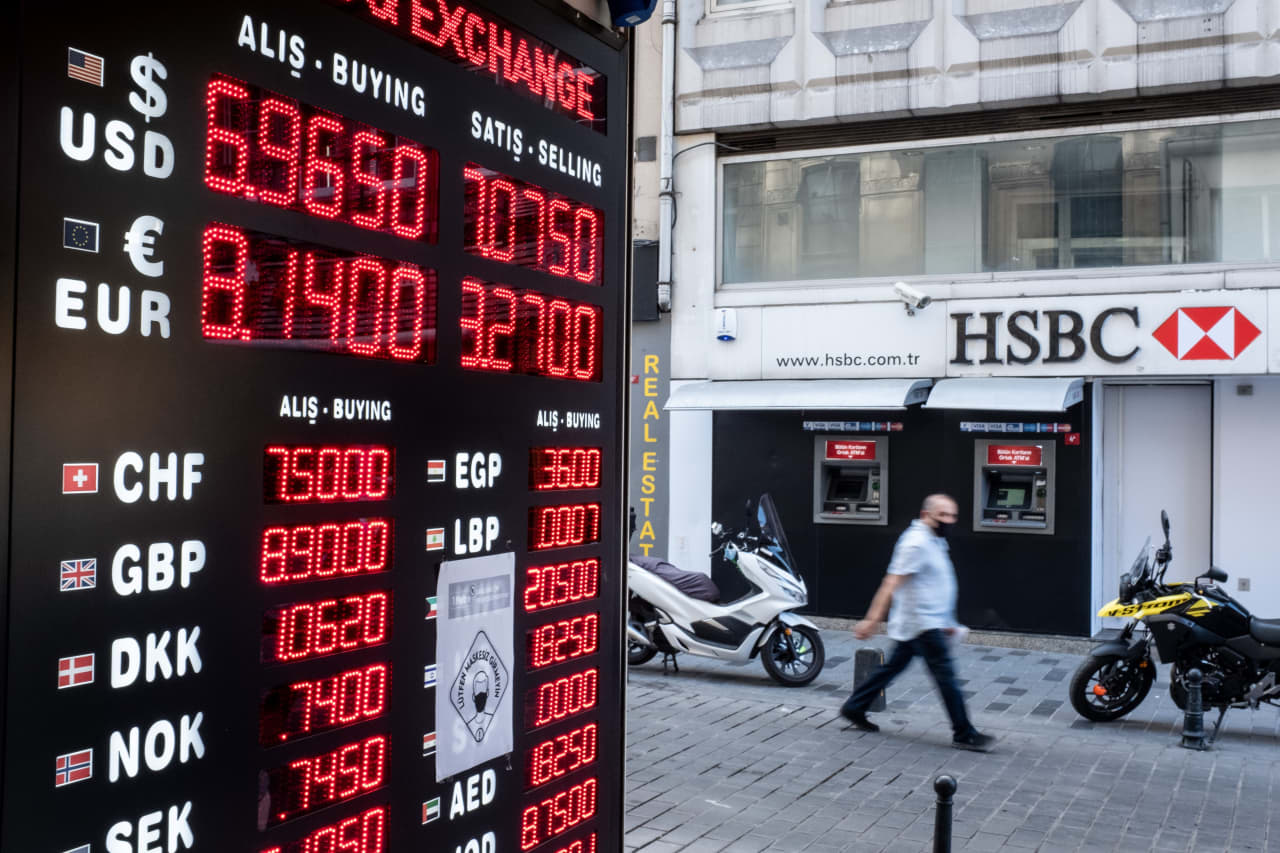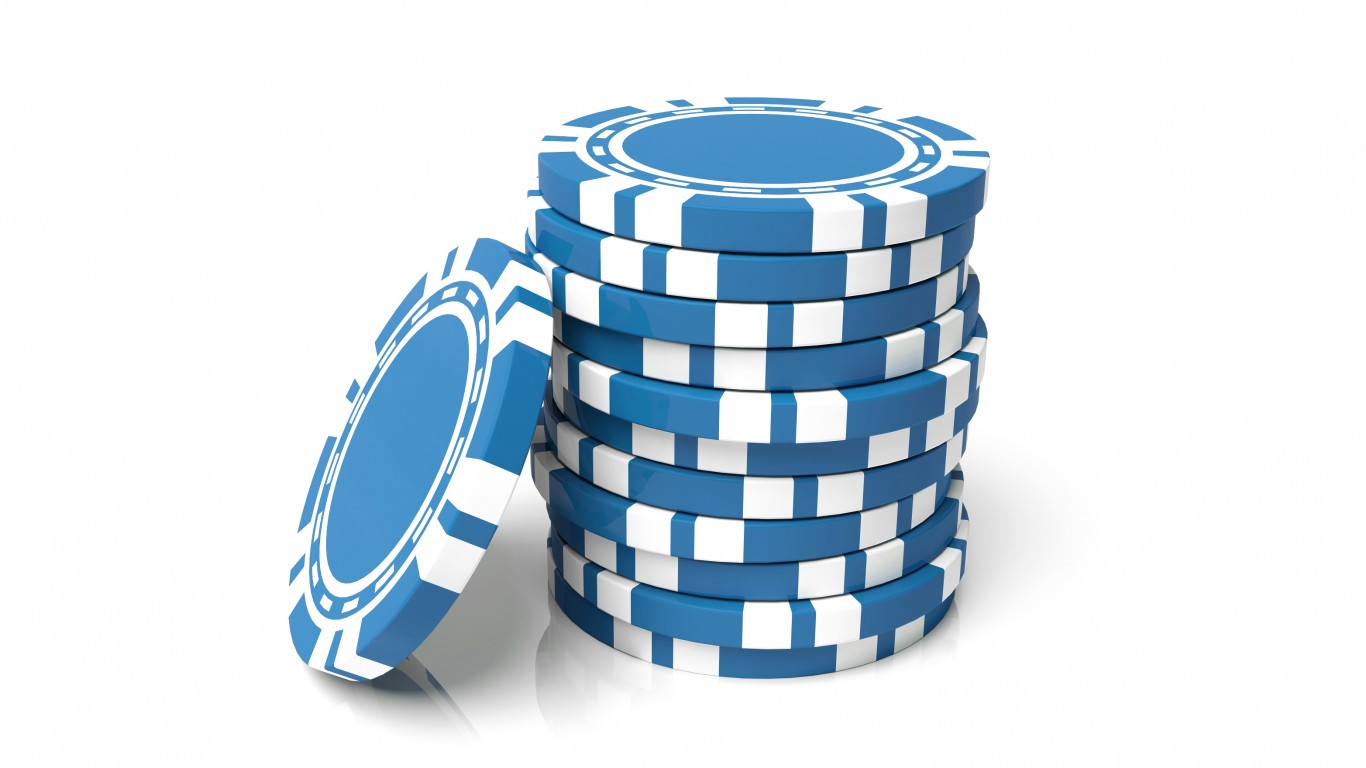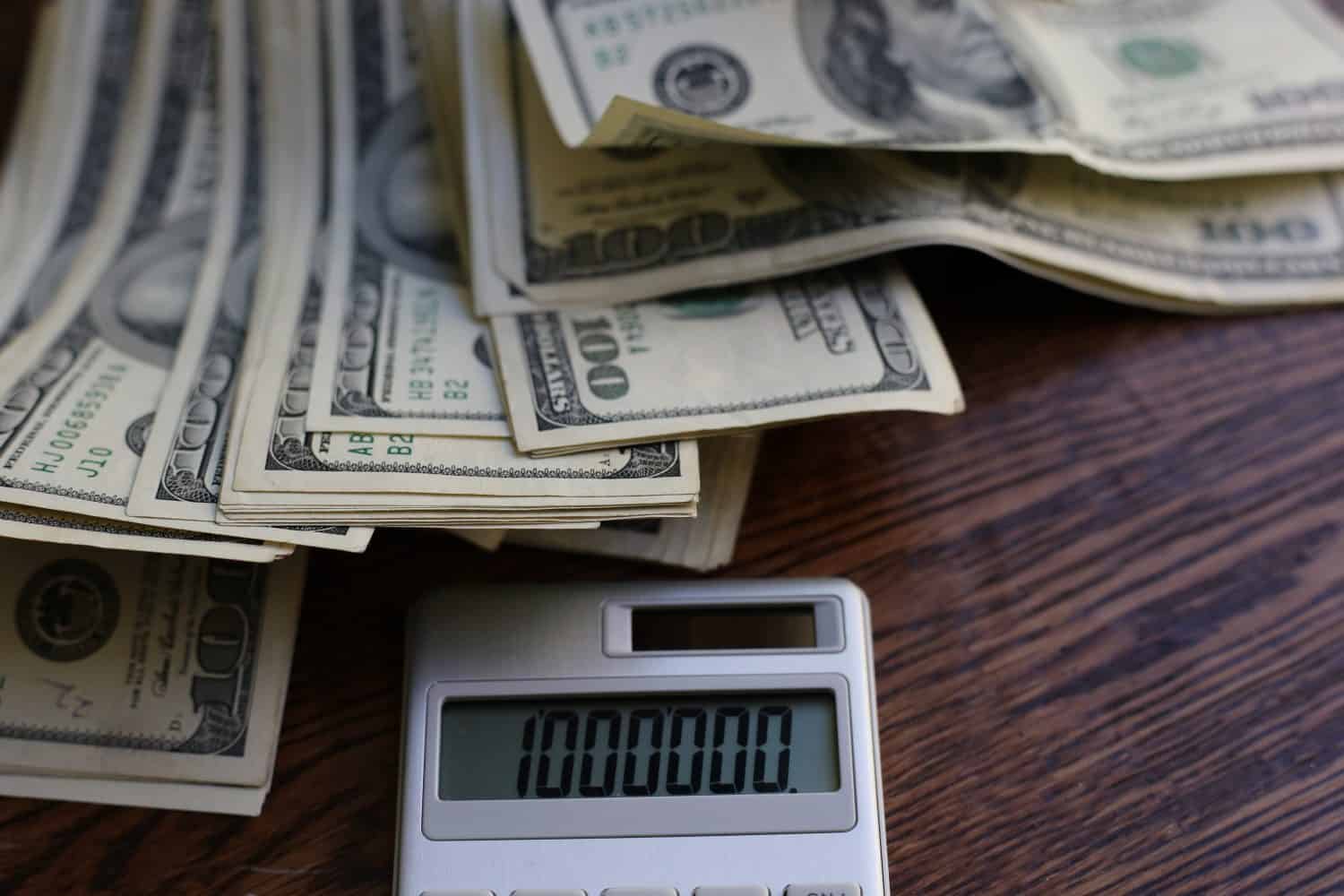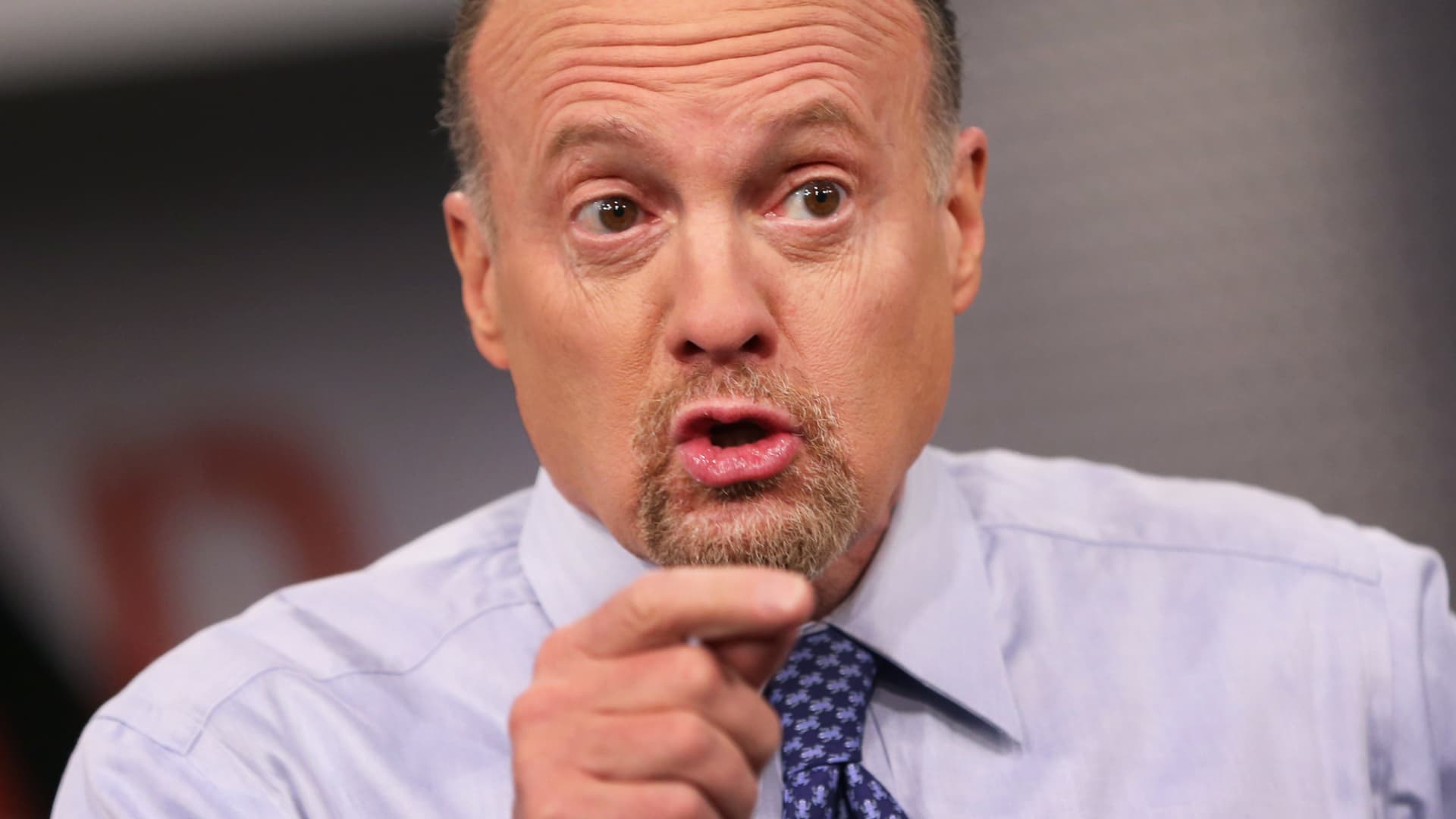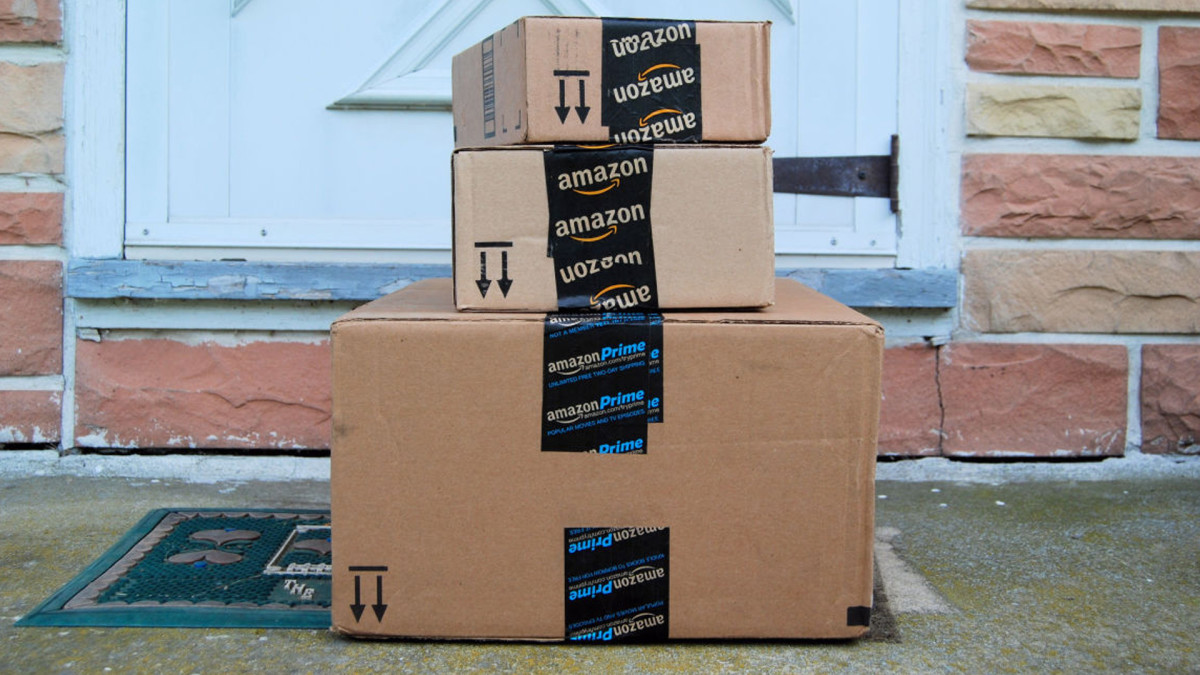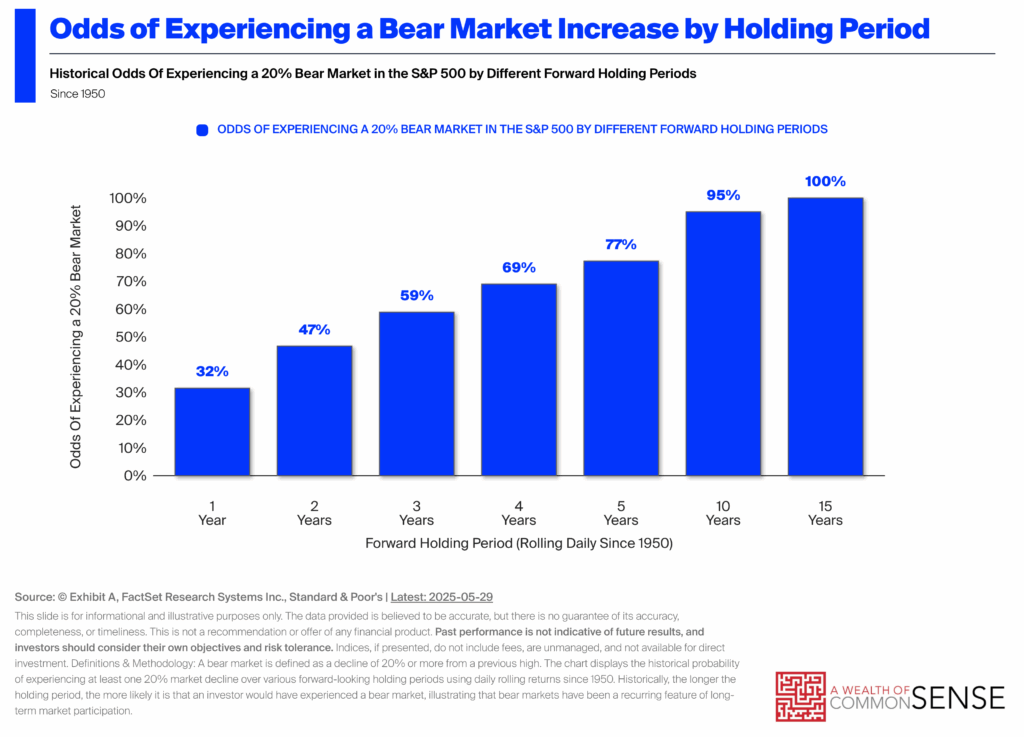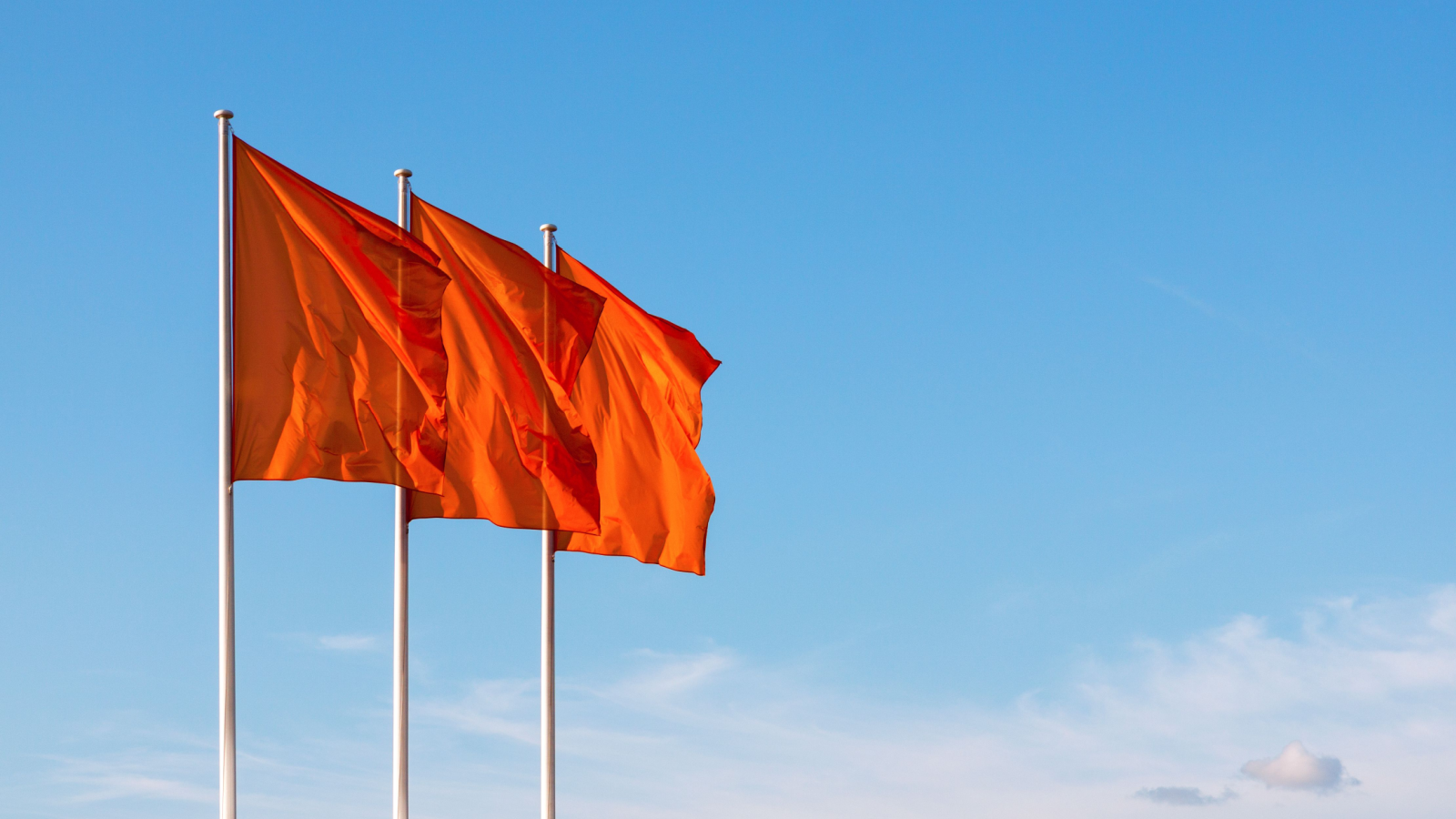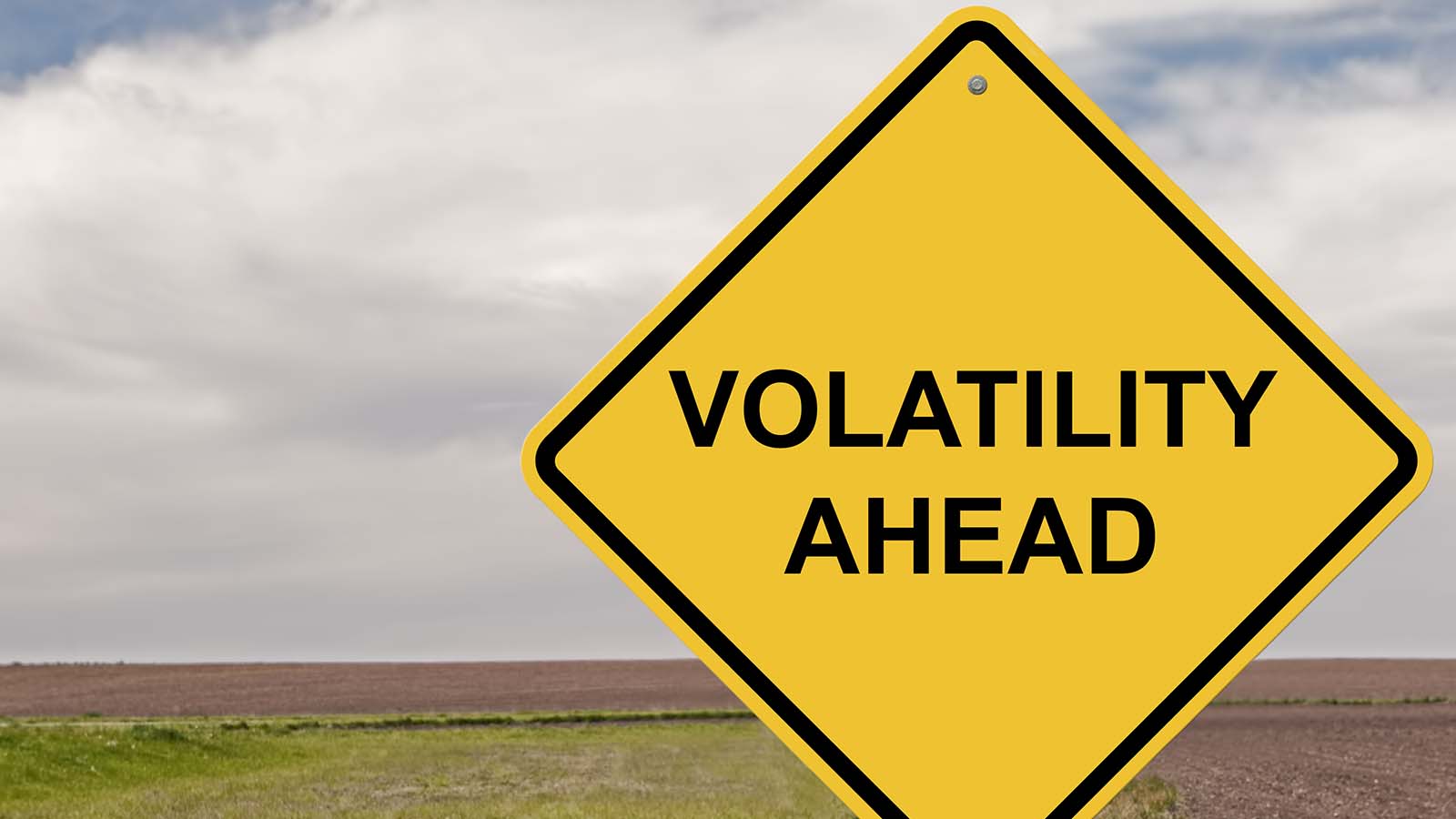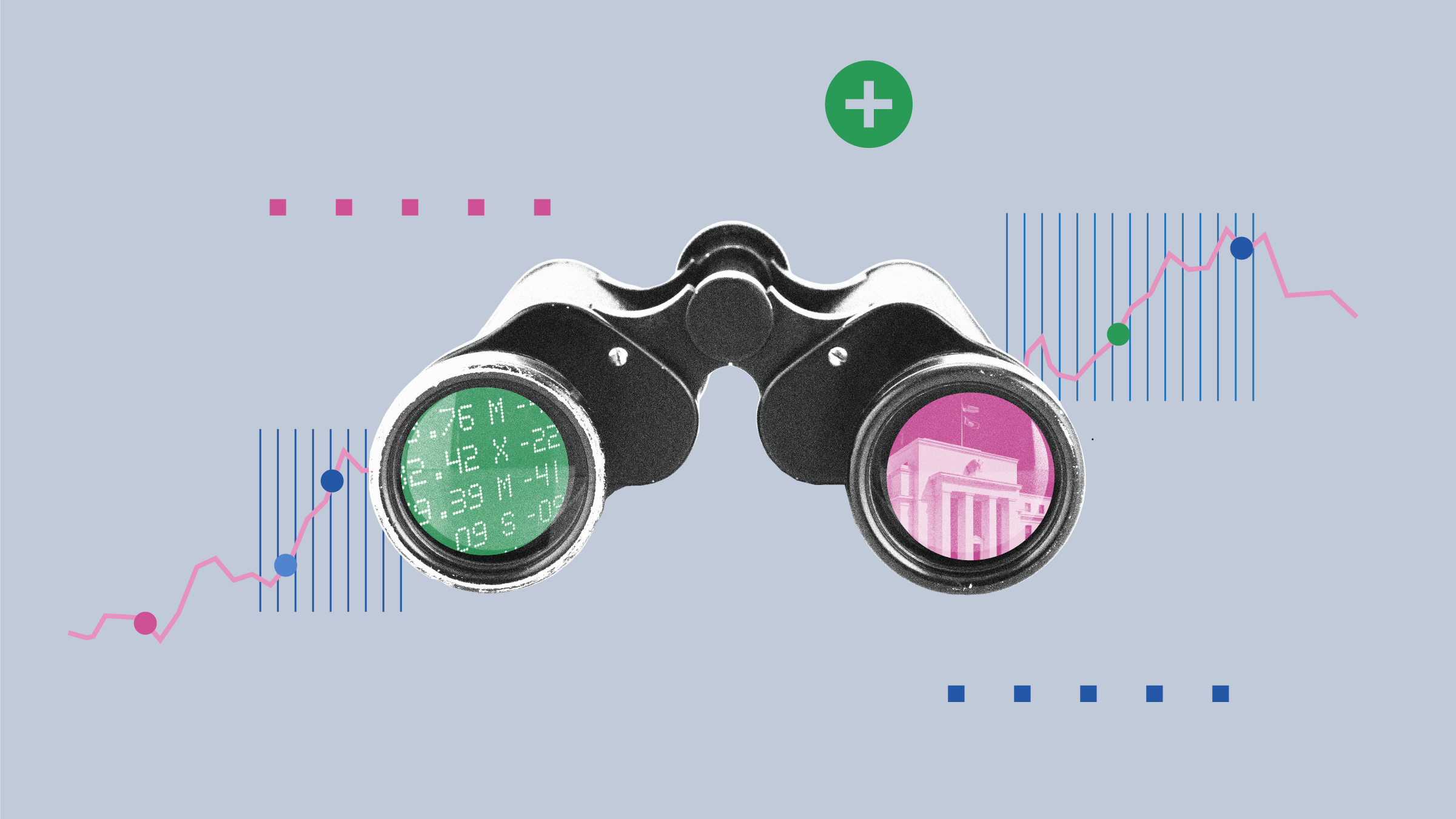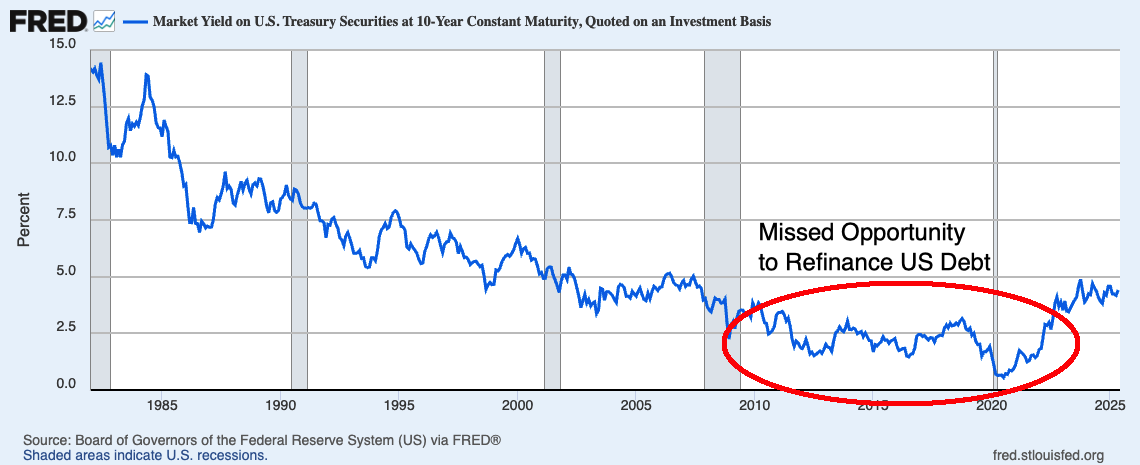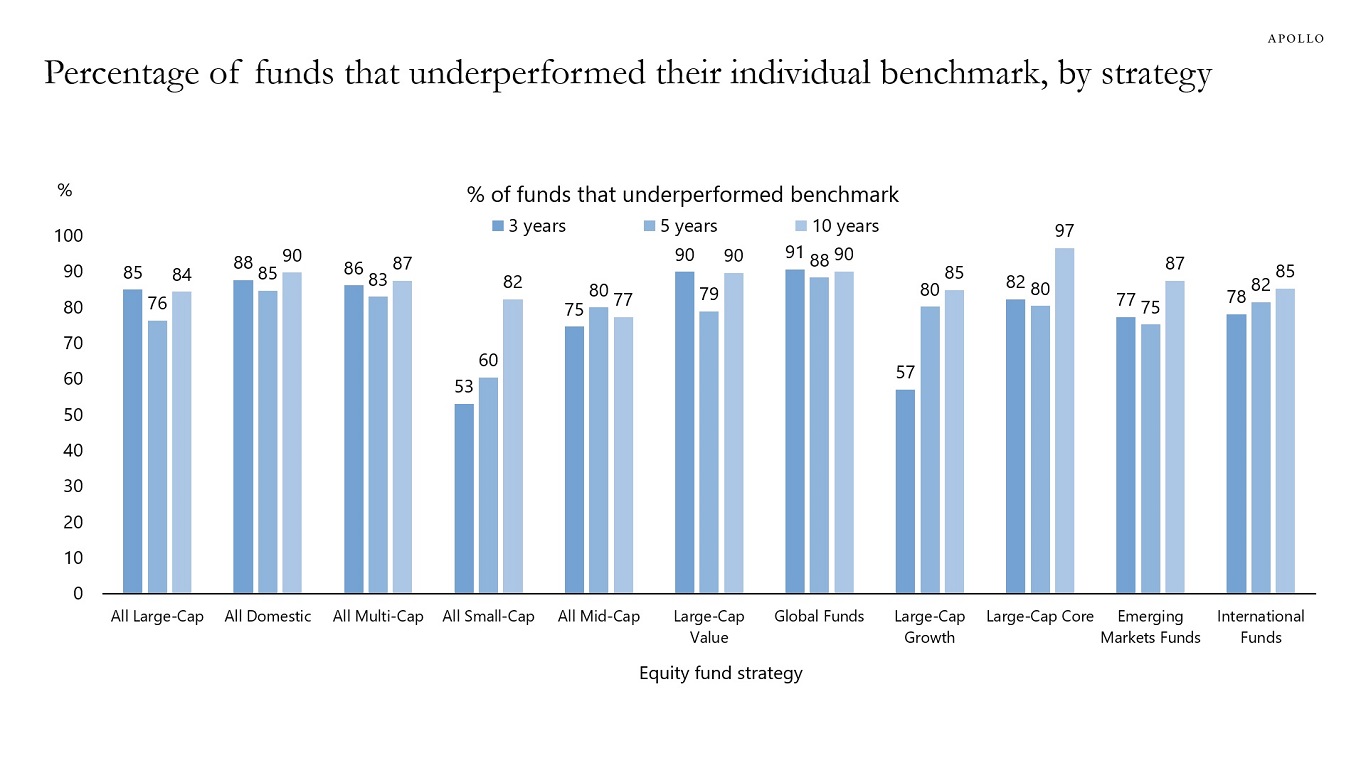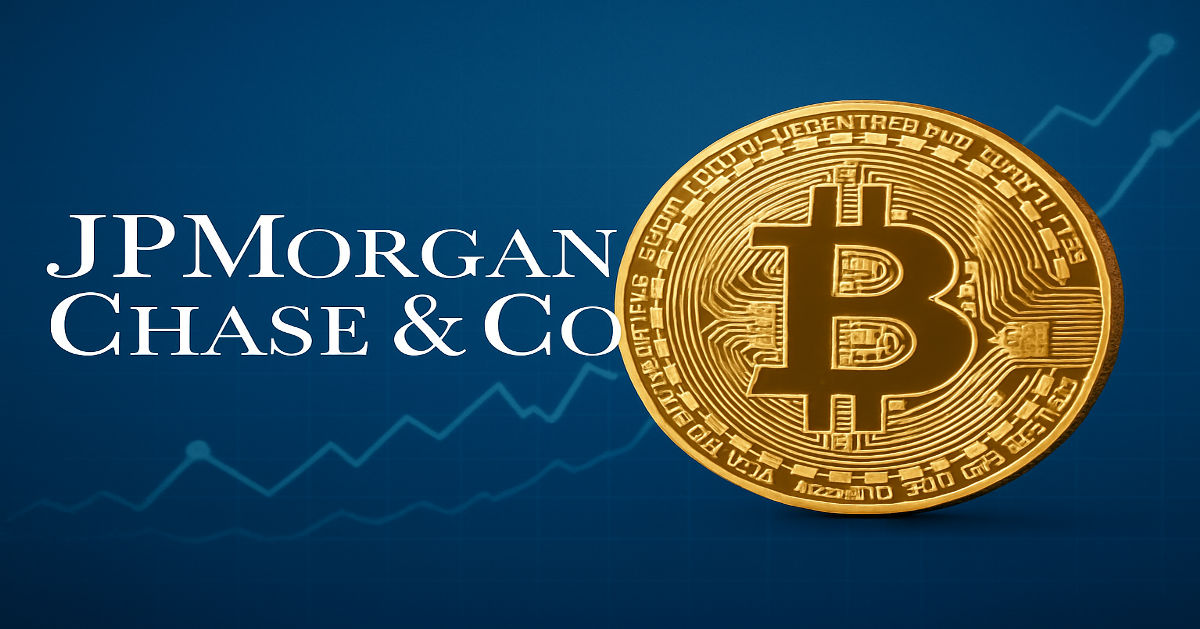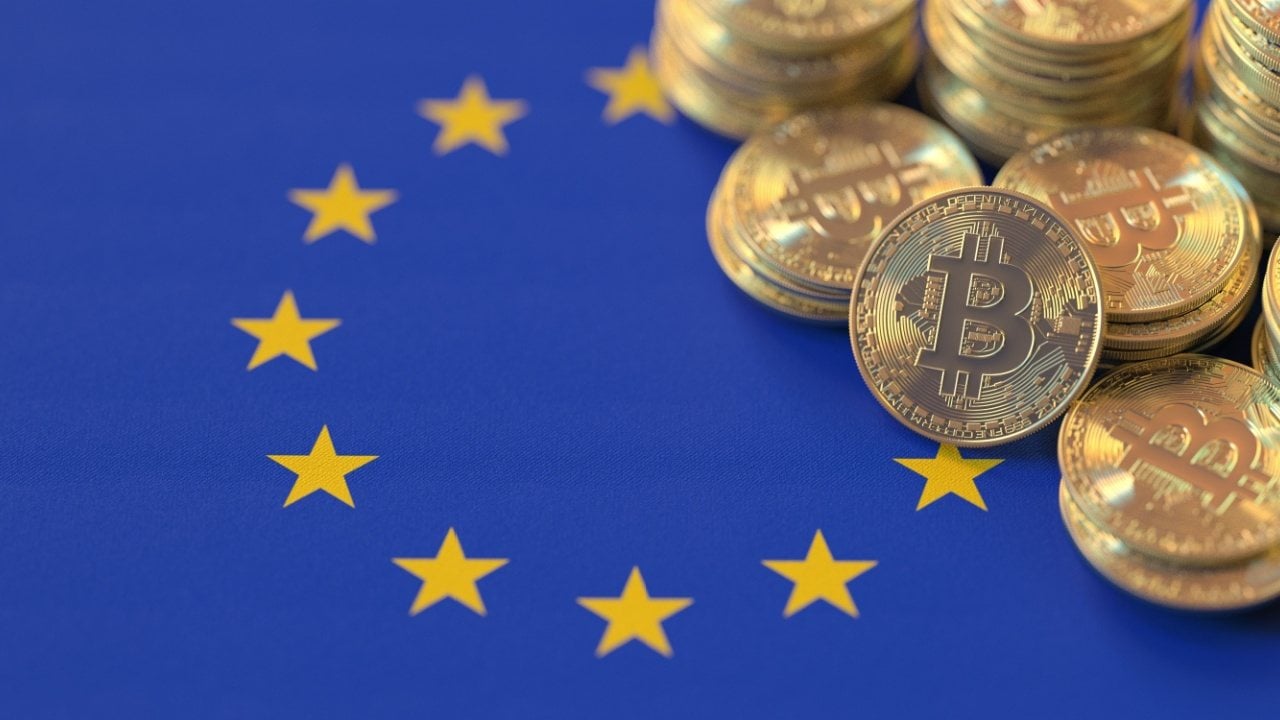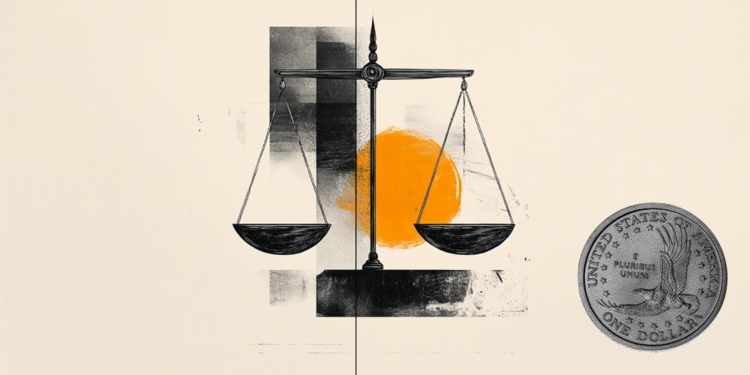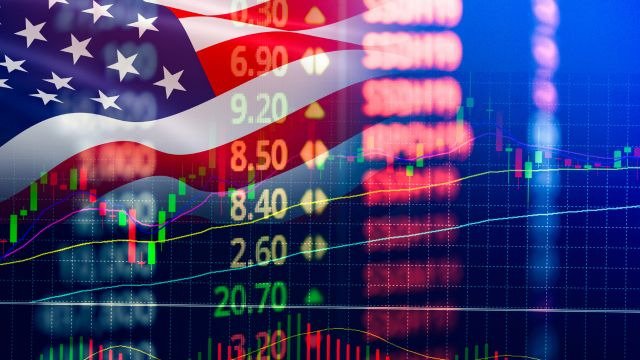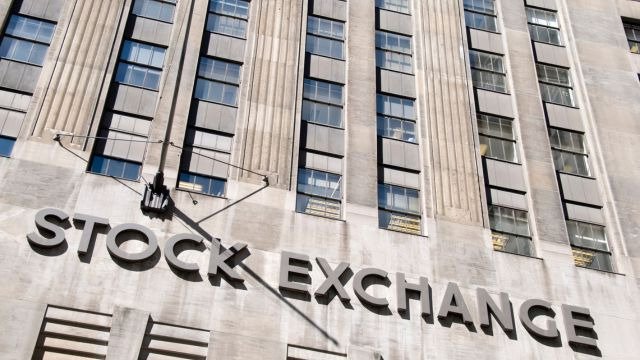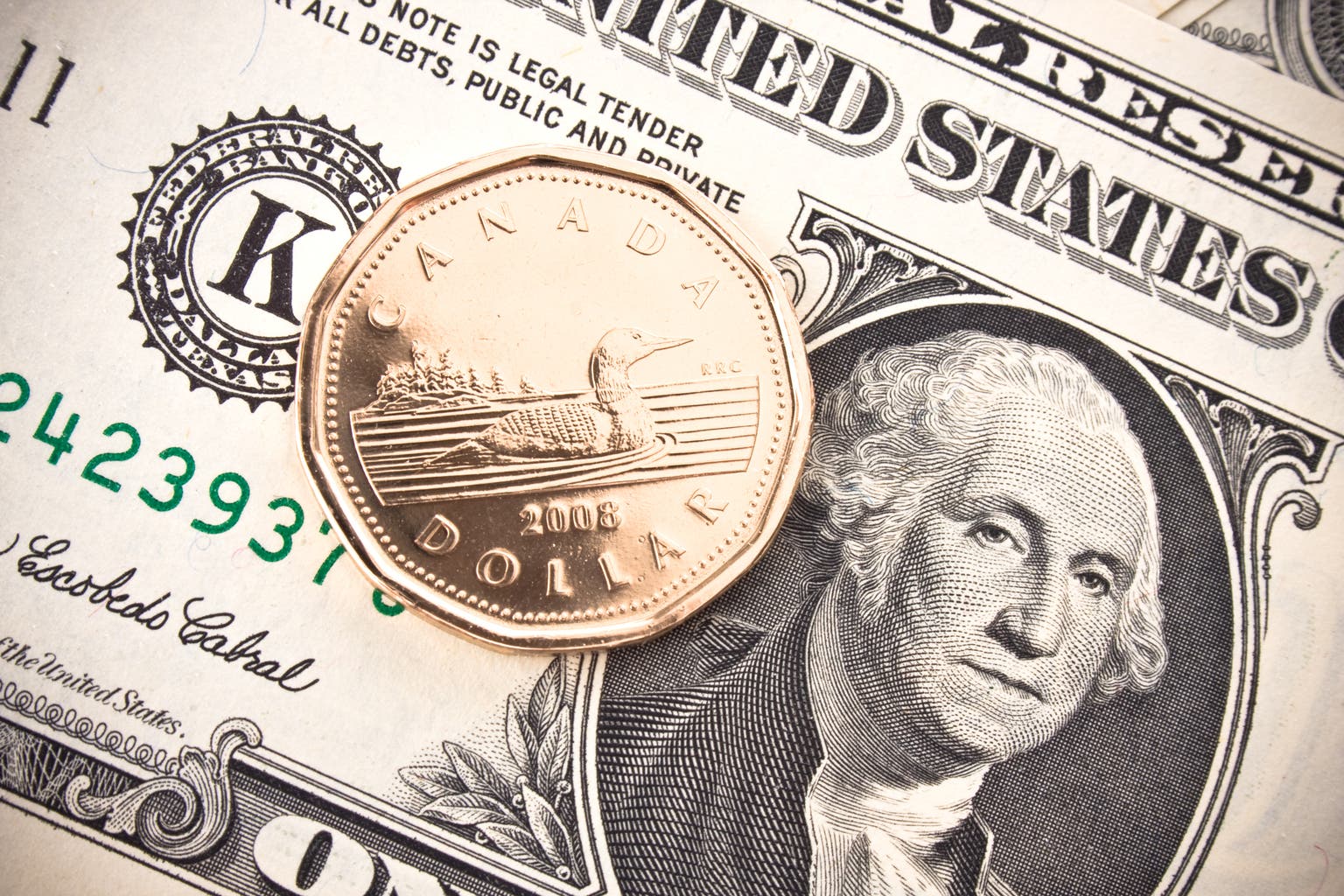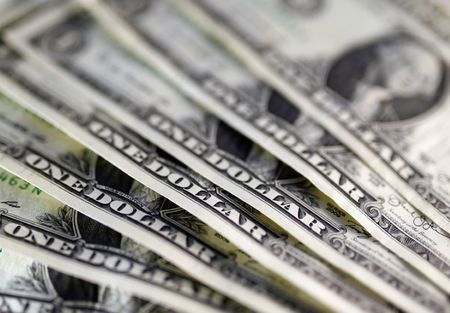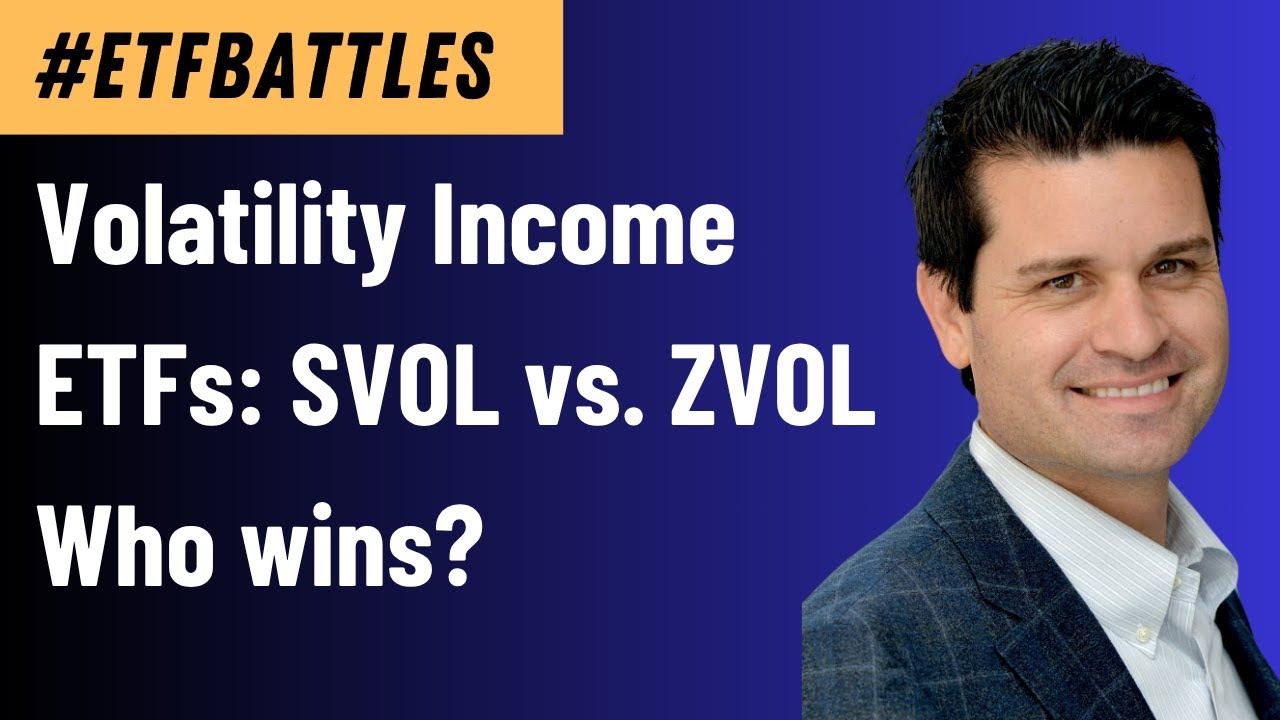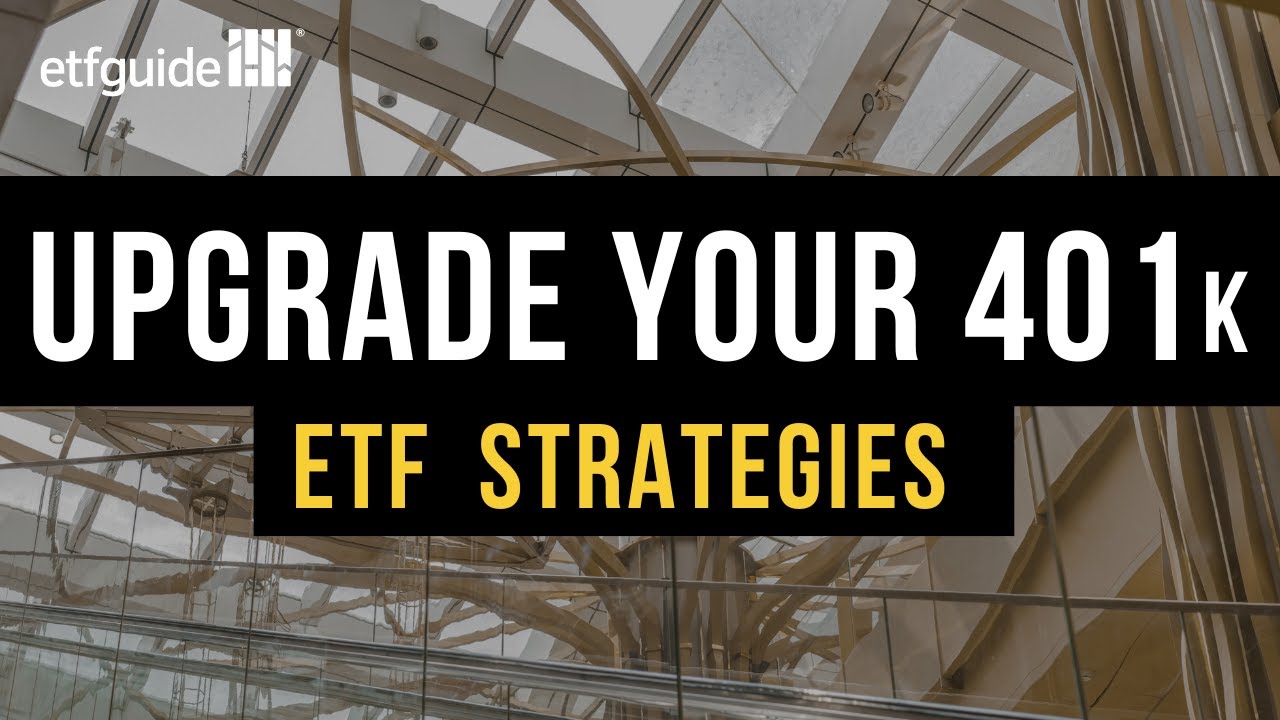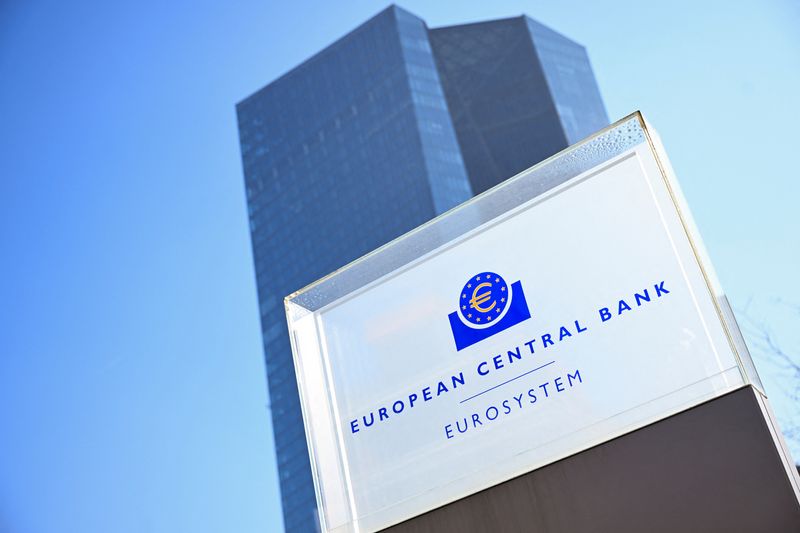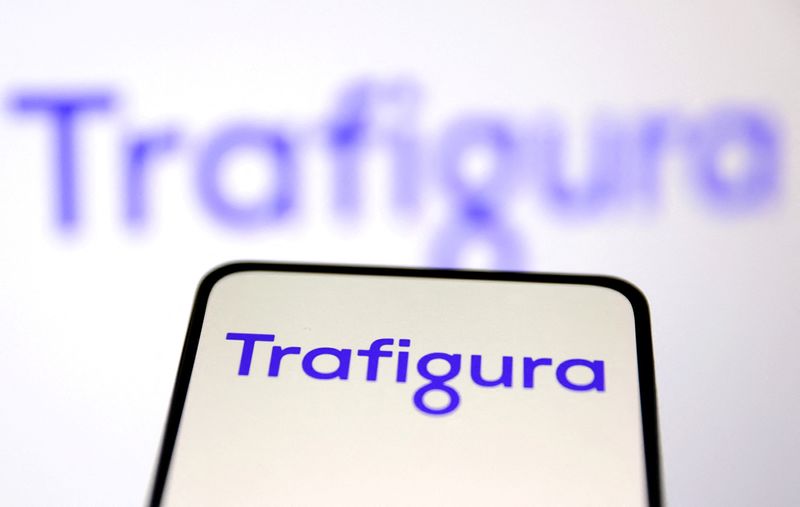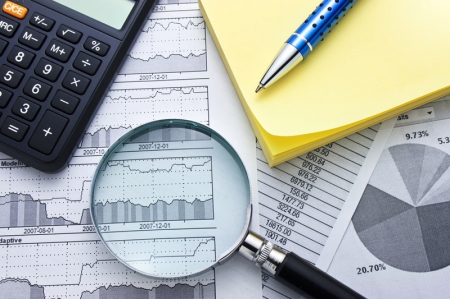Can I reinvest my required minimum distribution into stocks or property without paying taxes twice?
If you’ve spent your working years contributing to a pre-tax retirement plan, you didn’t pay federal or state income tax on that money when it was earned and contributed. Once you reach age 73 (or 75 if you were born in 1960 or later), Uncle Sam wants his piece of the pie, so you must […] The post Can I reinvest my required minimum distribution into stocks or property without paying taxes twice? appeared first on 24/7 Wall St..

Key Points
-
Reinvesting an RMD withdrawal will not lead to double taxation.
-
Are you ahead, or behind on retirement? SmartAsset’s free tool can match you with a financial advisor in minutes to help you answer that today. Each advisor has been carefully vetted, and must act in your best interests. Don’t waste another minute; get started by clicking here.(Sponsor)
-
You will owe taxes on any income generated from the new investments.
-
A strong financial advisor can help you work out the details of a reinvestment plan.
If you’ve spent your working years contributing to a pre-tax retirement plan, you didn’t pay federal or state income tax on that money when it was earned and contributed. Once you reach age 73 (or 75 if you were born in 1960 or later), Uncle Sam wants his piece of the pie, so you must begin taking the required minimum distributions (RMDs). How much you need to withdraw is based on a specific IRS formula, and taxes will be due on the funds withdrawn in that tax year.
The question is this: If you reinvest the money in another potential growth vehicle – like real estate or stocks – will you have to pay taxes on it twice?
In short, the answer is no. Reinvesting the money does not automatically result in double taxation. However, there’s more to the story, and if you’re fortunate, you will have to pay taxes on any income generated from the new investments.
Reinvesting
Let’s say your RMD for the year is $50,000, and you reinvest it all in stocks. After 10 years, the stocks you purchased have grown at an average annual rate of 7%, and they are now worth $98,358.
Because you’ve already paid taxes on the original $50,000 you used to purchase the stocks, you’ll never have to pay taxes on that amount again. However, the $48,358 earned in interest is taxable.
Income generated from new investments is always taxed. This is an important fact to keep in mind as you determine the best way to maximize your RMDs.
Tip: Once you consider reinvesting RMD withdrawals, it’s recommended that you consult your financial advisor. They can give you the lowdown and help you determine the most tax-efficient way to reinvest.
Not your only option
You have other options if you want to give your RMDs more time to grow. For example:
Look at real estate: You can invest in real estate by purchasing property or investing in a Real Estate Investment Trust (REIT). A REIT is a company that allows you to invest in real estate without having to buy or manage properties yourself. It can help you gain income from real estate and diversify your portfolio without all the work involved in being a landlord.
Get rid of debt: Again, let’s imagine that your RMD for the year is $50,000. However, you’re carrying debt. You have $10,000 on credit card balances, owe another $8,000 on a personal loan used to purchase a hot tub, and have a remaining balance on your new “retirement car” of $32,000. You’re paying 19% APR on the credit card balance, 14% on the personal loan, and 6% on the car loan. Getting rid of those debts is like paying yourself the interest now going to your creditors. It may not be as sexy as investing in a hot new stock, but it’s a solid way to ensure there’s more money left at the end of each month.
Make a Qualified Charitable Distribution (QCD): If you’re looking to do something good while also saving money on taxes, a QCD may be just what you’re looking for. A QCD allows individuals age 70½ or older to transfer up to $100,000 per year directly from a Traditional IRA to a charitable organization without counting it as taxable income
Tip: The key here is that donations must be made directly from your IRA to the charity. In other words, the RMD should never come to you.
Why this subject matters
If you reach retirement with a nice nest egg put away, you’ve done a good job. However, it’s important to weigh where the money is most needed, while also thinking about potentially saving money on taxes. While you may not love being told that it’s time to withdraw money from your retirement account, it’s a lovely problem to have. The good news is, there’s no single way to use your RMDs. You get to determine where the funds will do the most good and how to make the most of your hard-earned money.
The post Can I reinvest my required minimum distribution into stocks or property without paying taxes twice? appeared first on 24/7 Wall St..






